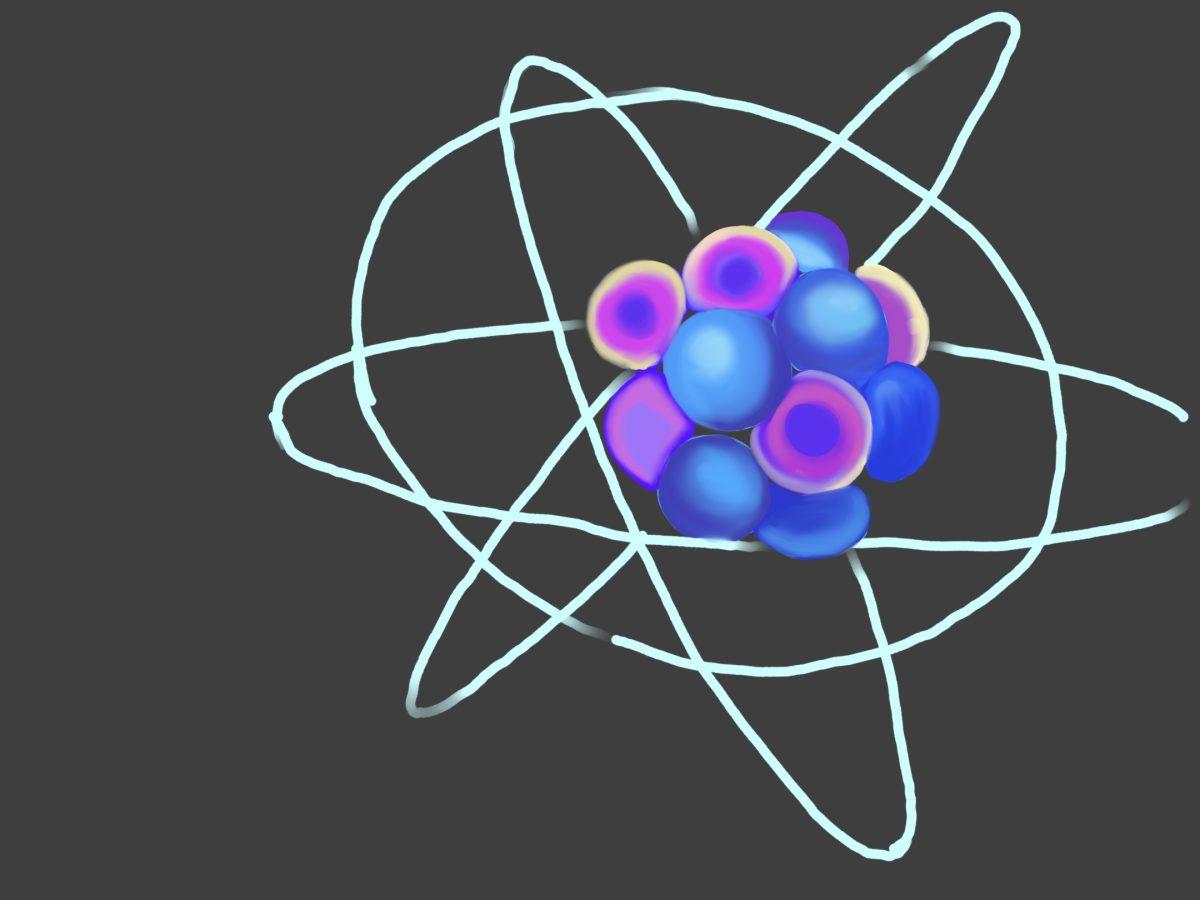Fusion energy is, essentially, the holy grail of energy technologies. Theoretically, such a method of sustaining nuclear reaction would be not only far safer than fission, but also much more efficient. Fusion reactors would generate less waste and use much cheaper fuel than the traditional reactors used today, mimicking the processes of stars. However, sustaining a reaction akin to a star’s fuel supply is immensely challenging to replicate on Earth. The “ignition” of the materials involved requires massive amounts of focused energy to start the reaction, and reliable containment is still in development.
These massive hurdles aside, scientists have made multiple breakthroughs. Recently, researchers have been able to produce marginally more energy from a reaction than the energy inputted. And now, a new development has occurred—the firing of superhot plasma.
Superhot plasma, or ionized gasses at temperatures of over 200 million degrees Celsius, is critical for sustaining fusion using a Tokamak reactor. A Tokamak reactor has an internal vacuum chamber in the shape of a donut, in which plasma is controlled through the use of external magnetic coils away from the walls in order to heat the machine. This is then used to power a conventional steam turbine. At least, in theory—the device is still largely experimental.
Researchers in Japan have successfully created this superhot plasma for the first time, an amazing leap forward for the developing field of energy technology. The reactor, JT-60SA, will be able to fire up and retain its plasma for a period of up to 100 seconds, which is significantly longer than that of any existing prototype reactors and will give researchers invaluable time to study the plasma’s formation and effects. The firing of this first plasma proves the viability of the concept and opens doors for improvement.
That is not to say that the project came without challenges. The reactor had multiple delays and will notably use hydrogen-deuterium fuel in contrast to the more efficient, but much more expensive, deuterium-tritium fuel. Tritium is scarce, and deuterium is far easier to refine.
The success of JT-60SA is so significant partially because it is actually the first in a planned line of reactors. Currently being built in France is a fusion reactor known as ITER, which is effectively a scaled-up version of the JT reactor. The data gathered from the earlier project will greatly contribute to ITER’s development and, hopefully, its eventual success. After ITER’s planned opening in the 2030s, a third, more advanced reactor known as DEMO is set to be constructed and operated by the mid 2040s, possibly leading to actual energy production.
Any forays into the realm of nuclear reactions come with significant obstacles. While this new development is encouraging, most reasonable estimates place the feasibility of commercial fission reactors several decades ahead of current scientific progress. ITER is scheduled to produce First Plasma in 2025 and begin using the more efficient tritium fuel in 2035. Before then, researchers can do little more than speculate.
Until the dream of abundant, clean energy is realized, scientists will tirelessly continue to work on the project. The challenge is great, but the potential rewards granted by its success are greater.







































































